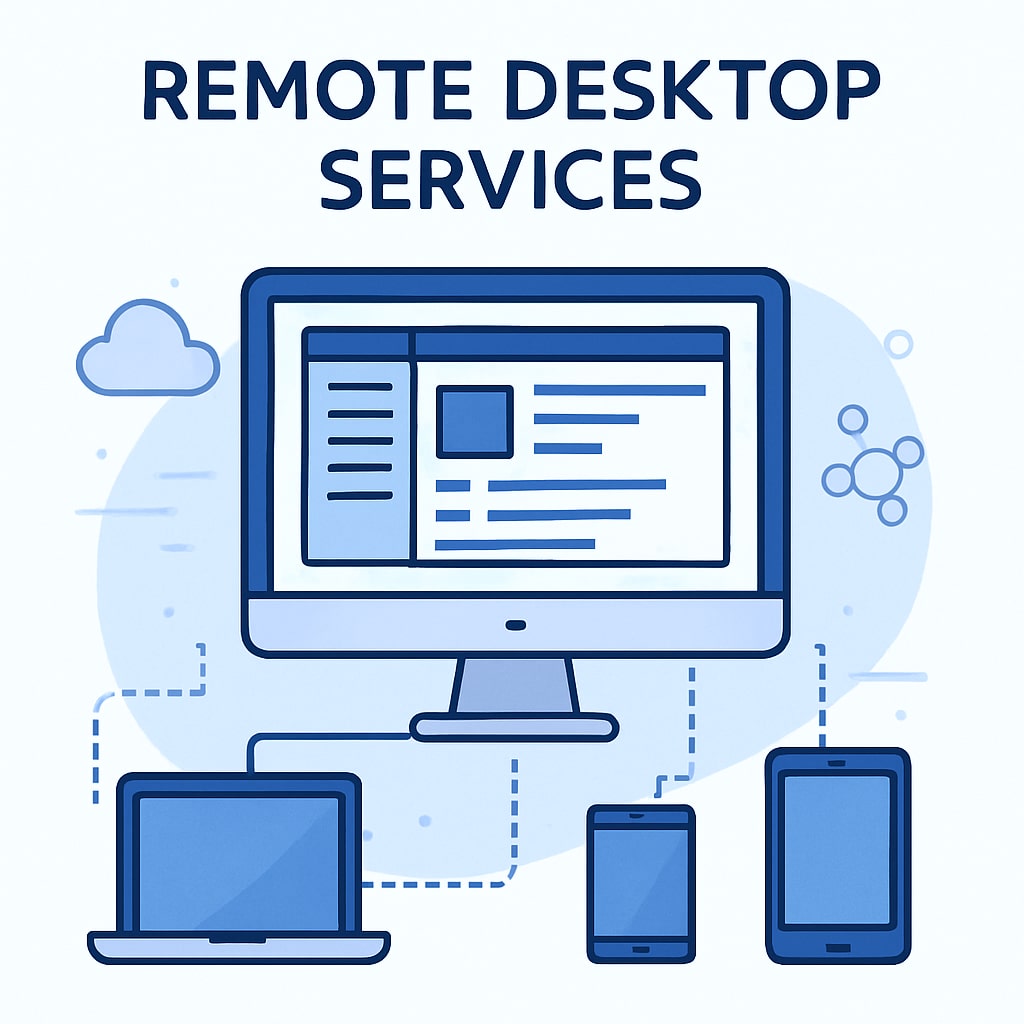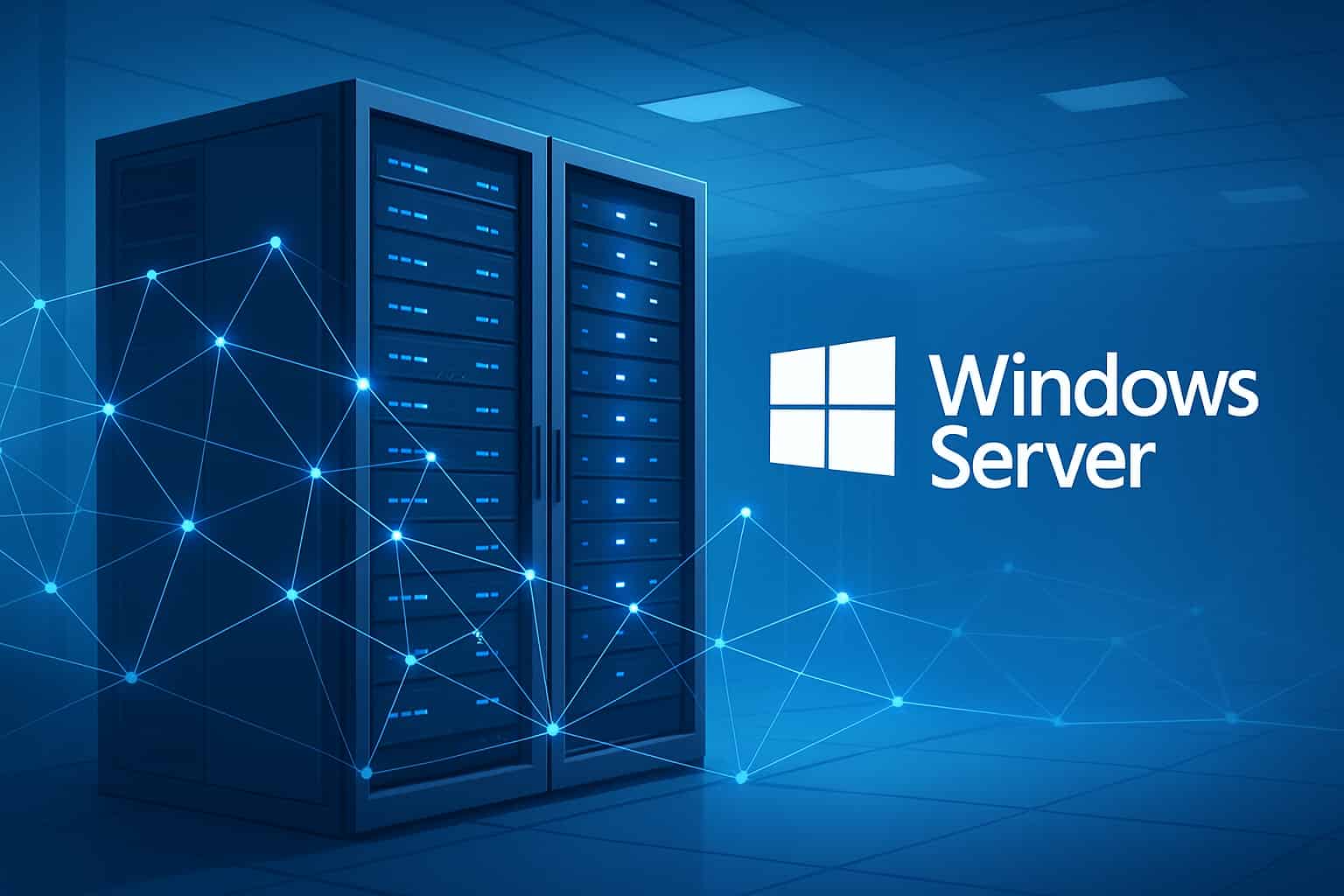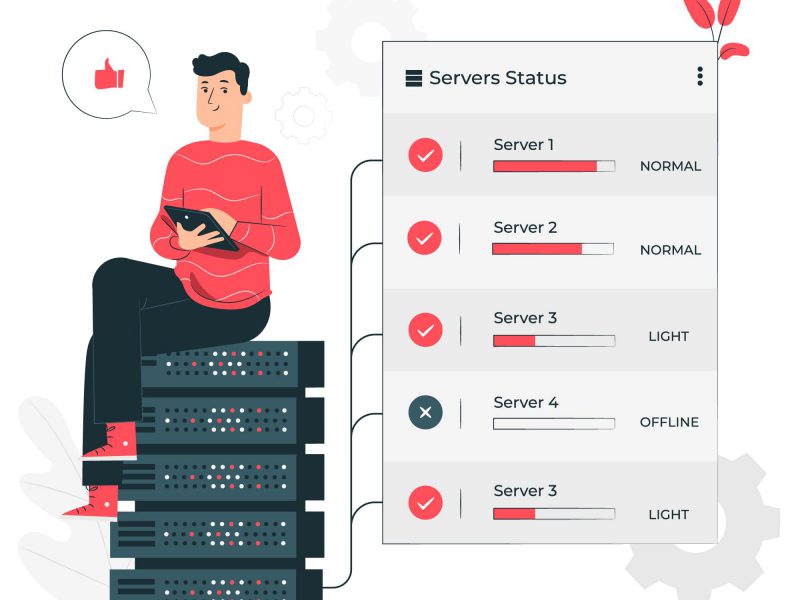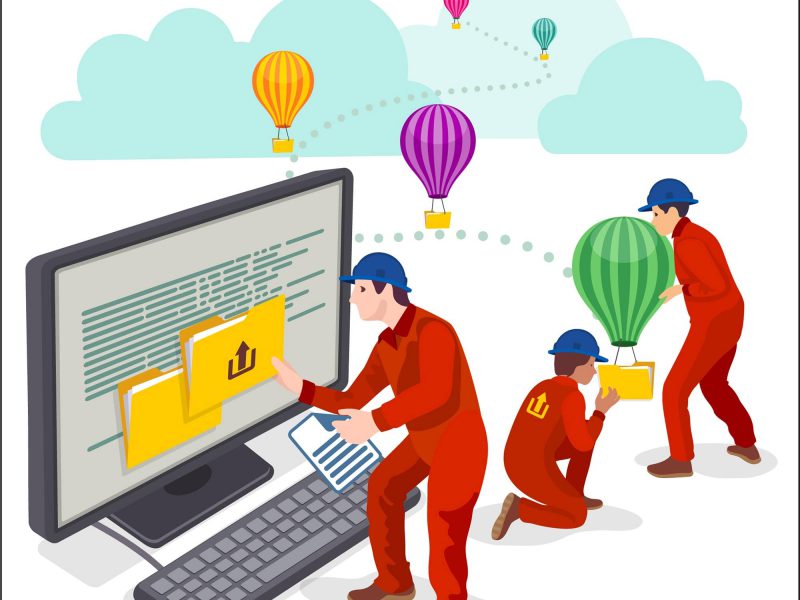As organizations continue to evolve their IT infrastructure and embrace modern cloud-first strategies, the relevance of legacy systems like Windows Remote Desktop Services (RDS) has come into question. For decades, RDS has been a go-to solution for delivering remote applications and desktops to users across networks. However, with the rise of Virtual Desktop Infrastructure (VDI), and other cloud-based alternatives, many are wondering: Is RDS still relevant for the next 10-20 years? Or is it becoming outdated or obsolete in modern IT environments?
This article explores the current state of RDS, its strengths, limitations, and how it compares to newer technologies, helping you make an informed decision about its place in your organization’s future.
What Is Windows Remote Desktop Services (RDS)?
Remote Desktop Services (RDS) — previously known as Terminal Services — is a Microsoft Windows Server feature that allows multiple users to connect remotely to a server and access applications or desktops. It enables centralized application delivery and shared computing environments.

Key components of RDS include:
- Remote Desktop Session Host (RDSH) – hosts applications and desktop sessions.
- Remote Desktop Gateway (RD Gateway) – provides secure remote access over the internet.
- Remote Desktop Web Access (RD Web Access) – offers a web portal for launching apps.
- Remote Desktop Licensing – manages client access licenses (CALs).
RDS has long been used by organizations for scenarios such as:
- Task workers accessing line-of-business applications
- Call centers
- Retail operations
- Manufacturing floor terminals
Why RDS Is Still Relevant
Despite newer alternatives emerging, RDS remains a solid choice for certain use cases and continues to be supported by Microsoft. Here’s why it’s still relevant today:
1. Cost-Effective for Small/Mid-Sized Companies
One of RDS’s biggest advantages is its cost-effectiveness , especially for small to mid-sized businesses. Compared to VDI or AVD, RDS requires fewer resources and licensing costs, making it an attractive option when budget constraints are a factor.
- You can often use existing Windows Server licenses with appropriate CALs.
- No need for complex infrastructure or expensive virtualization platforms.
2. Simple to Deploy and Maintain
RDS is relatively easy to set up and manage compared to more advanced solutions like VDI. This makes it ideal for organizations without large IT departments or deep technical expertise.
- Setup wizard guides through installation
- Familiar interface for Windows administrators
- Can be managed using Group Policy and standard tools

3. Ideal for Lightweight Use Cases
If your organization only needs basic application access — such as time tracking, data entry, or customer service tools — RDS is well-suited for this kind of workload.
- Designed for multi-user shared environments
- Efficient resource utilization on a single server instance
- Perfect for low-bandwidth or thin-client scenarios
4. Microsoft Still Supports It
Microsoft continues to support RDS in current versions of Windows Server (including Server 2022), ensuring it remains a viable option for at least the next few years.
- Regular security updates
- Integration with Active Directory
- Support for modern authentication methods like MFA via RD Gateway
Limitations of RDS
While RDS still holds value, it also has several drawbacks that have led many organizations to consider alternatives:
| LIMITATION | DESCRIPTION |
|---|---|
| Limited Personalization | Users share the same OS instance; no personal desktops or profiles |
| Performance Bottlenecks | Heavy usage or poor resource allocation can cause lag |
| Single Point of Failure | Unless load-balanced, one server crash = outage |
| Outdated UX/Experience | Feels dated compared to modern VDI/cloud solutions |
| Licensing Complexity | Can become expensive if scaled beyond small deployments |
These limitations make RDS less suitable for organizations needing scalability, high availability, or personalized user experiences.
Alternatives to RDS
If you’re considering moving away from RDS, here are some popular alternatives:
1. Local Installations
For organizations that prefer full control over individual machines:
- Pros : Native performance, no network dependency
- Cons : Harder to centrally manage software updates and patches
Best suited for small teams or environments where centralized management isn’t critical.
2. Citrix Virtual Apps and Desktops / VMware Horizon
Enterprise-grade VDI solutions:
- Pros : Advanced features, robust performance, strong security
- Cons : High cost, complex setup/maintenance
Best for large enterprises with complex infrastructure needs.
3. Blazor/Web-Based Internal Tools
Replace traditional desktop apps with web-based tools:
- Pros : Easier to maintain, accessible anywhere
- Cons : Requires development effort
Future-proof for lightweight internal apps and workflows.
Real-World Scenarios Where RDS Still Works
Despite its limitations, there are real-world use cases where RDS continues to thrive:
Still Using RDS Successfully:
- Manufacturing floor time clocks
- Call centers using light CRM tools
- Retail locations accessing centralized systems
- Small offices needing shared software without deploying on every PC
Migrating Away from RDS:
- Companies needing personalized desktops per user
- Organizations adopting cloud-first strategies
- Those seeking high availability and disaster recovery
- Environments where local installs are too hard to manage
Long-Term Outlook (3–5 Years)
Here’s how key industry trends will impact RDS’s relevance:
| TREND | IMPACT ON RDS |
|---|---|
| Cloud Migration | Decreased use of on-prem RDS |
| Hybrid Work | Increased interest in AVD/VDI |
| SaaS/App Modernization | Less need for full desktop/app streaming |
| Security & Compliance | RDS still viable if managed properly |
Verdict : RDS will remain relevant and supported , especially for lightweight, cost-sensitive, on-premises deployments . But it may be replaced gradually by more modern options as companies move toward cloud/Virtual Desktop strategies
Recommendation
Given all the factors above, whether RDS remains a good fit for your organization depends largely on your specific needs:
Continue Using RDS If:
- Your workload is very lightweight
- You value cost-efficiency
- You prefer simplicity
- You don’t need full virtual desktops
Consider Alternatives If:
- You need personal desktops per user
- You’re moving fully to the cloud
- You want modern UX and mobile access
- You expect rapid growth/scalability
In short, RDS is not obsolete yet — but it may not be the best long-term solution for growing or digitally transforming organizations.
Conclusion
While Windows Remote Desktop Services (RDS) is no longer the cutting-edge solution it once was, it is far from obsolete. In fact, for organizations with lightweight use cases, tight budgets, and a preference for simplicity, RDS remains a relevant and viable solution for the next 3–5 years .
For organizations seeking a reliable, secure, and scalable Windows RDS hosting provider, ASPHostPortal offers a winning combination of technical expertise, responsive support, and competitive pricing. Whether you’re deploying virtual desktops for remote work, software delivery, or application hosting, ASPHostPortal empowers your business to operate efficiently in a digital-first world.
Choose ASPHostPortal for your RDS hosting needs and experience a seamless, worry-free remote desktop environment.

Yury Sobolev is Full Stack Software Developer by passion and profession working on Microsoft ASP.NET Core. Also he has hands-on experience on working with Angular, Backbone, React, ASP.NET Core Web API, Restful Web Services, WCF, SQL Server.



